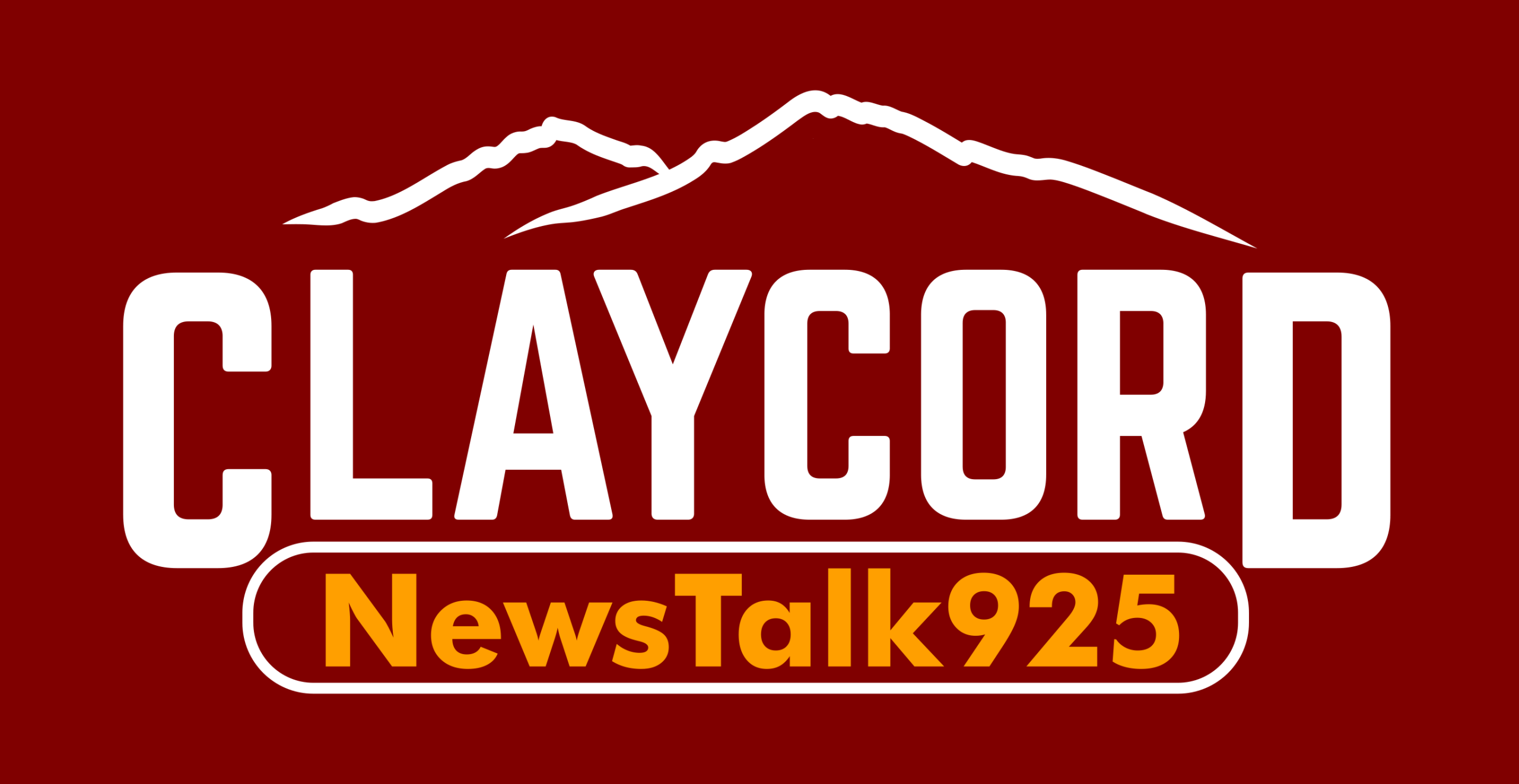BART plans to alter its schedule later this year in an effort to make it more efficient to use BART at any time of day rather than the agency centering its service around weekday work commute hours.
Currently, BART trains arrive every 15 minutes on weekdays until 9 p.m., while arriving every 30 minutes on nights and weekends.
Starting Sept. 11, trains will arrive every 20 minutes at most at every station in the system on weekdays, nights and weekends.
The changes will also make trains more frequent on the yellow line, which runs between Antioch and San Francisco International Airport.
The yellow line is one of BART’s busiest lines, shuttling riders across Contra Costa County, Alameda County and San Francisco, but is currently only served by trains every 15 minutes during peak weekday hours. That schedule will change to every 10 minutes Monday through Friday before 9 p.m.
Members of BART’s Board of Directors have repeatedly called for increased night and weekend service since the COVID-19 pandemic began and changes in work activity, particularly in downtown San Francisco, limited BART’s ridership to only around 40 percent of pre-pandemic expectations.
“We know that commute ridership is not coming back,” BART board member Rebecca Saltzman said Thursday during a discussion of the tentative schedule changes. “The commute is not coming back to any mode” of transportation.
“Maybe we can inch up a little bit, we have to continue to capture those riders, but if people are only going into their office one, two or three days a week, we’re not going to capture them five days a week,” she added. “It’s not possible, they’re sitting in their home, they’re not getting on BART.”
Laura Hill, a policy director with the business advocacy group Bay Area Council, argued that BART will make workers even less likely to commute via train on weekdays with larger gaps between trains and that BART should instead prioritize safety and cleanliness aboard its trains.
Hill noted that polling conducted by the Bay Area Council among employers in the region found that 78 percent are “somewhat or very concerned” about their employees’ safety aboard public transit.
“We understand why you are taking a closer look at your service plan,” Hill told the Board of Directors. “However, adding service where you already know you have demand at the expense of weekday service does not equal more ridership during evenings and weekends, but it does guarantee that you make weekday commutes even less appealing.”
Ridership has rebounded better on weekends for BART, with recorded fares totaling between 60 and 70 percent of pre-pandemic expectations.
Weekday fares, meanwhile, have struggled to reach much higher than 40 percent of pre-pandemic expectations.
BART officials also believe the schedule changes will not increase costs as the transit agency is essentially shifting some trains from peak weekday service to nights and weekends.
“Someone who’s traveling alone late at night who has to wait 30-plus minutes for a train, knowing that they might get a train in 20 minutes or a shorter time period actually, I think, brings safety in riding the system after hours,” board member Mark Foley said.
The BART board will consider the schedule changes as part of its budget approval process this summer. The board must approve the budget before the end of the fiscal year on June 30.


Maybe if BART would run 24/7 it would eliminate the un-housed/homeless situation. Hmmm what city do I want to travel to today? Free food and bathrooms at every stop.
How about restoring frequency during weekday commute hours and running 10 car trains like you used to pre-covid? You know – service? …and they wonder why ridership isn’t coming back up … who likes to stand 45 min going into and from SF … not even counting the safety factor … duh 🙁
Not an infrequent cause and effect.
A transit agency faced with dwindling ridership will “adjust” frequency of service and raise rates.
After a year or so, totally baffled to come up with a reason for declining ridership will “adjust” frequency of service and raise rates.
.
Can not recall a mass passenger rail transportation system in USA that operates at a profit.
.
Given advances in capacity and speed of digital communication, don’t see a need to maintain large city centers. Another factor in bart decline is number of business closings and relocations of businesses OUT OF CALIFORNIA tied to DEM’ policies and deep pocket fleecing by state and county agencies.
Interesting editorial in the WSJ yesterday entitled, “The Blue State Exodus Accelerates” supports your comments, and bears out the unbelievable loss in tax revenue. Yet our Governor is unconcerned. If things look bad for BART now, next year will be far worse.
Was going to post later, since you brought it up.
Businesses need regulatory certainty and political stability, both of which have been lacking in CA for many years.
‘The Blue State Exodus Accelerates’
https://tinyurl.com/msacbvz2
.
BART is the SF Bay Area’s social sewer system.
.
Flush twice.
.
“Trains will arrive every 20 minutes at most at every station in the system on weekdays, nights and weekends” (instead of every 30 minutes).
So they need another $5 Billion bucks…….well, that explains it.
Mark Foley obviously does not ride BART. It is extremely unsafe, filthy and the only this it is better than is absolutely nothing.
I don’t feel all that safe at 10:00 in the morning, much less 10:00 at night. No thanks for any time interval.